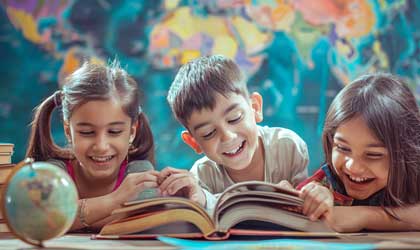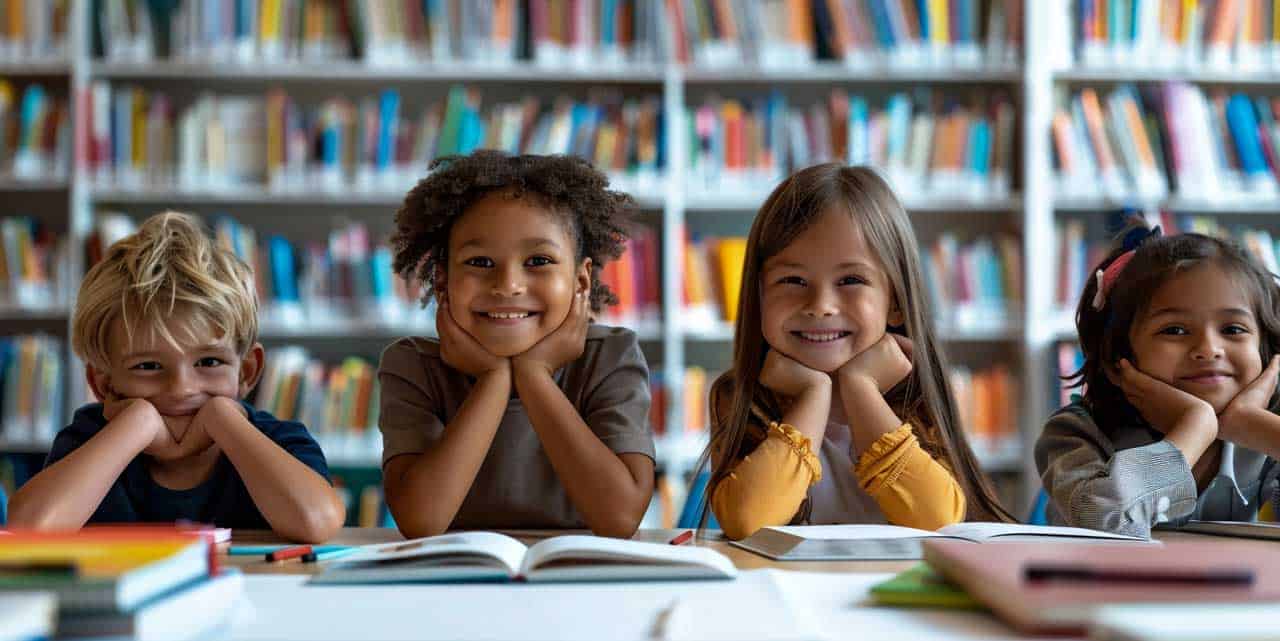
Literacy: Imperative for Understanding and Peace
| “Literacy is a bridge from misery to hope.” – Kofi Annan (Former UN General Secretary) |
Hi Readers
Did you watch Amir Khan’s movie “Tare Zameen Par”? There is a child character (Ishaan) who cannot figure out the letters written in the books. The letters walk, play, and dance in his eyes. This difficulty with reading and writing is due to the rare disease called dyslexia. It is a specific learning disability that affects reading and language processing. The task of reading itself is an uphill task which is the beginning hurdle for many children.
The next stage of reading is comprehension—the ability to understand the spoken language. It is one of the most challenging tasks for children. Many students can study, but they can’t comprehend the intended message. This difficulty level works as a push factor for a number of students that drive them out of schools.
The most difficult task is decoding. The printed words should turn into spoken words in their heads. This decoding process stands to be the complex level. When children were asked questions orally in a survey, they are three times likely to answer them correctly compared to questions printed on paper.
Another layer are those students who cannot enroll at the very first instance. There are many children who are out of school due to various personal, social, and other reasons. It can be poverty, patriarchy, ethnic conflicts, terrain problems, lack of resources, pandemic, etc.
History
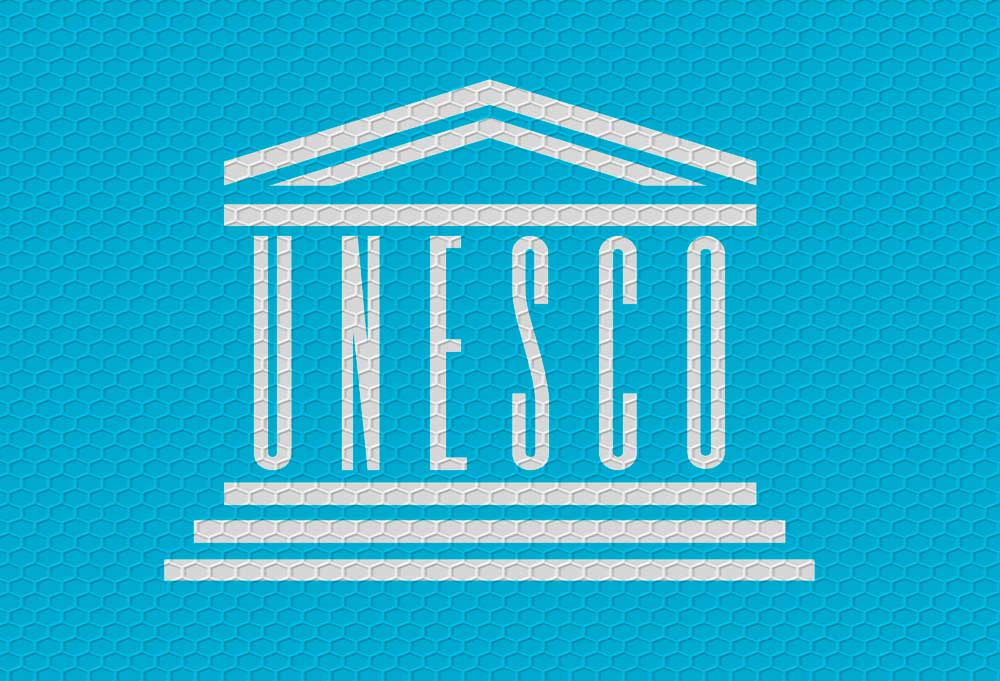 The importance of literacy was first observed at the United Nations Educational Scientific and Cultural Organization’s (UNESCO’s) General Conference in 1966.
The importance of literacy was first observed at the United Nations Educational Scientific and Cultural Organization’s (UNESCO’s) General Conference in 1966.
International Literacy Day is celebrated locally, nationally, and globally. Each layer has its own unique problems that have to be overcome to achieve literacy. On the national level, there should be certain provision that is directed towards achieving literacy in various regions. Like the rights to education inserted into Article 21 in the fundamental rights of our constitution, making compulsory education for all children from age six to fourteen.
At the global level, it directed to examine the problems pertaining to literacy in multilingual settings and improve coordination between organizations and countries to make laws, programs, and governance for easy accessibility of knowledge across different languages. UNESCO felicitates the program and schemes directed towards making education available to citizens in their respective countries.
The rapid cosmopolitan world with heavy immigration has led to the importance of multilingualism and adopting global citizenship. This idea is reflected in the Literacy Day 2024 theme, “Promoting Multilingual Education: Literacy for Mutual Understanding and Peace.”
Literacy in India
The definition of literate person according to the Census of India is a person aged seven and above who can both read and write with understanding in any language.
Literacy Facts
- 2011 Census rate of Literacy in India stands at: 73% (Male literacy outweighs female)
- Statewise Kerala has the highest literacy followed by Mizoram.
- Bihar had the lowest literacy among states.
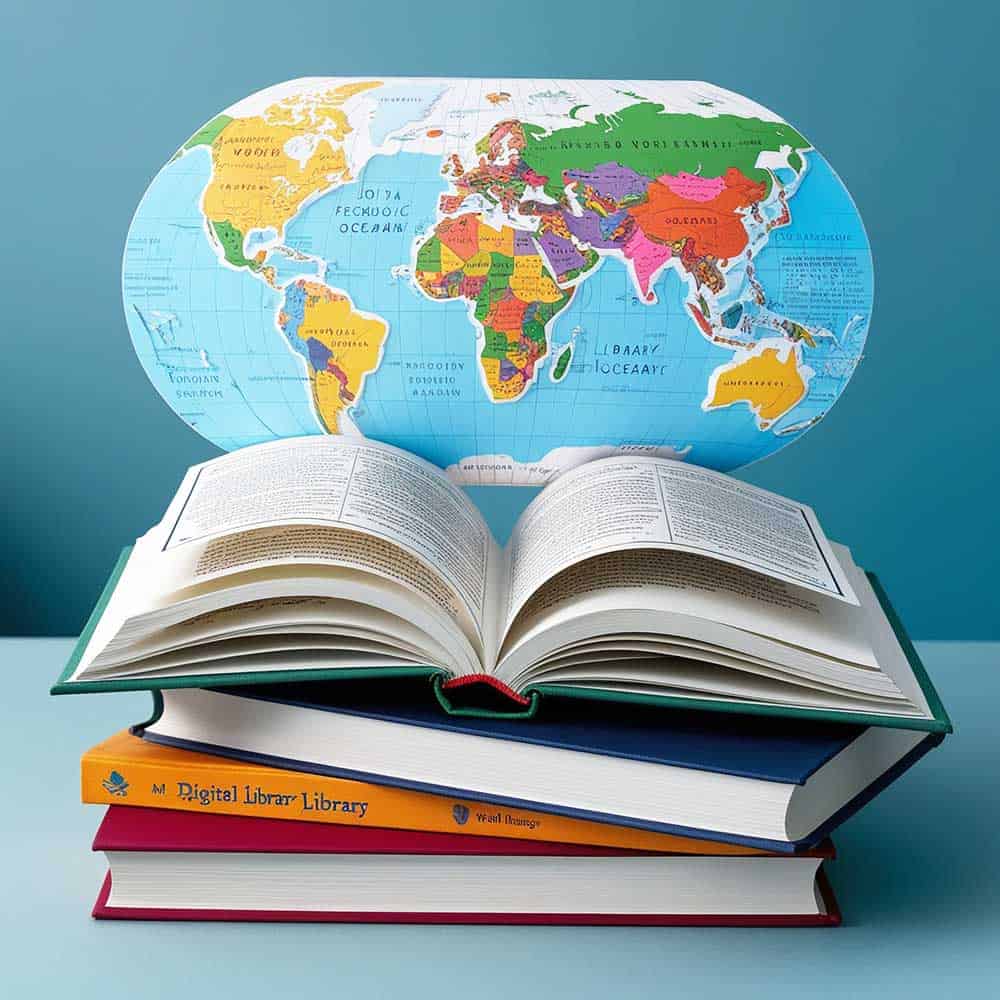 Inclusive Education: The right to education in India aims to ensure everybody have the access to quality education. It aims to achieve the basic human and civil rights for all. The National Curriculum Framework for School Education (NCERT, 2005) has recommended inclusive schools for learners. To achieve inclusive education, we need various steps to be taken toward inclusiveness in curriculum, classrooms, learning environments, peer groups, teacher, and student relations. Inclusivity means moving away from the rigid textbook to other innovative approaches like cooperative learning, critical thinking, problem solving, and the inculcation of various other modern methods of teaching in the curriculum.
Inclusive Education: The right to education in India aims to ensure everybody have the access to quality education. It aims to achieve the basic human and civil rights for all. The National Curriculum Framework for School Education (NCERT, 2005) has recommended inclusive schools for learners. To achieve inclusive education, we need various steps to be taken toward inclusiveness in curriculum, classrooms, learning environments, peer groups, teacher, and student relations. Inclusivity means moving away from the rigid textbook to other innovative approaches like cooperative learning, critical thinking, problem solving, and the inculcation of various other modern methods of teaching in the curriculum.
Inclusive, on the other level, is the inclusion of various disabilities into mainstream educational settings. The Integrated Education for Handicapped Children (IEHC) program launched in 1974 is considered the first formal step towards inclusion.
Inclusive Education for Children with Special Needs (CWSN) ensures they receive equitable educational opportunities alongside their peers. Moreover, there are various trusts and organizations that are actively engaged in making education accessible to all, especially the vulnerable sections of society. Examples: Sankalp, iGive Foundation, Aangan Trust, Pratham, etc.
Poverty: Impact on Literacy
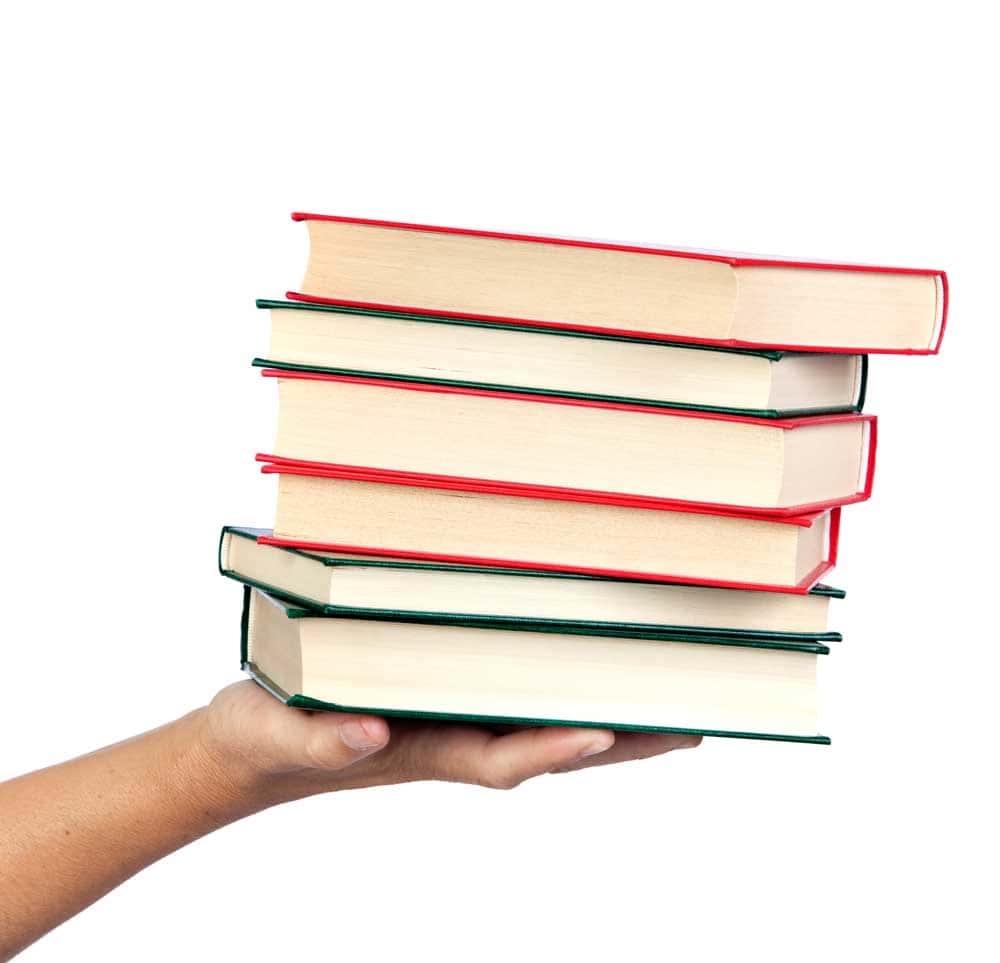 The basic amenities of life like food, water, and shelter are fundamentals of life. Without having enough food to eat, one cannot get an education, and poverty will compel him to work for his sustenance of life. A good resource in hand makes sure that one can get a qualitative education. The onus of eradicating poverty collectively lies with the government of the time.
The basic amenities of life like food, water, and shelter are fundamentals of life. Without having enough food to eat, one cannot get an education, and poverty will compel him to work for his sustenance of life. A good resource in hand makes sure that one can get a qualitative education. The onus of eradicating poverty collectively lies with the government of the time.
Poverty is rampant in India, and it restricts millions from attaining education. Poverty reinforces a cycle of educational, economic, and social disadvantage. There is a unique poverty associated with India called “Churning Poverty,” wherein the individual moves frequently in and out of poverty. It is responsible for frequent dropouts from school and remaining backward as compared to their classmates. We are striving towards achieving Sustainable Development Goal which focuses on literacy and education. UNESCO declared that we will achieve universal literacy by the year 2060.
The first step on the ladder of literacy can take you to the higher realms of knowledge. The beginning step counts as the most important. Basic literacy is the first step towards gaining other forms of literacy like financial literacy, health literacy, media literacy, visual literacy, cultural literacy, audio literacy, technological literacy, etc. Literacy is the basic necessity of life in this rapidly changing world where we are surrounded by gadgets and technology. The following quote sums up the importance of digital literacy in the modern world.
| “Soon the digital divide will not be between the haves and the have-nots. It will be between the know-hows and the non-know-hows.” – Howard Rheingold |
Written by: Aijaz Hussain


